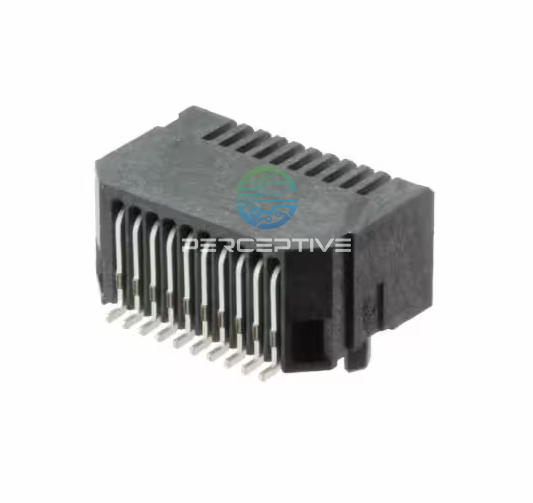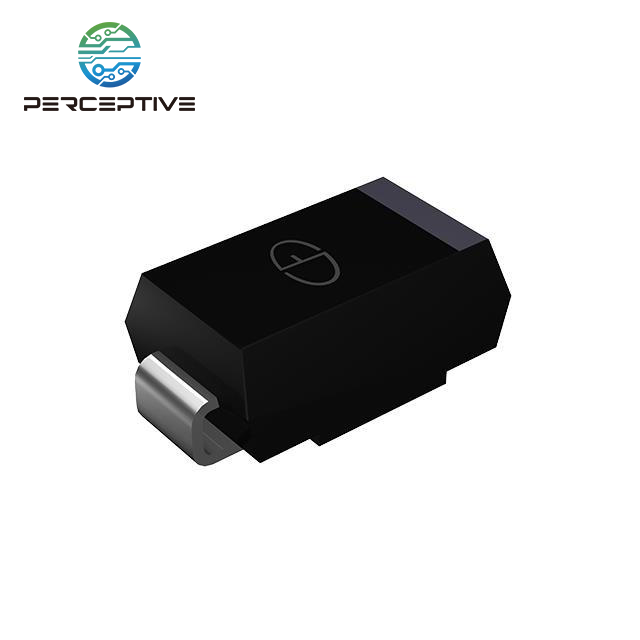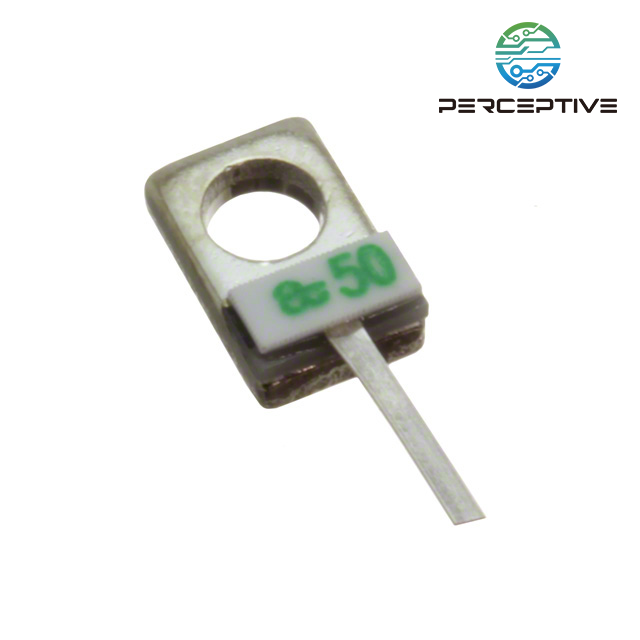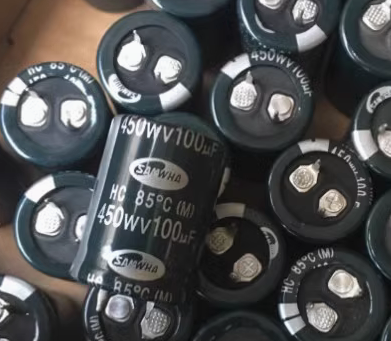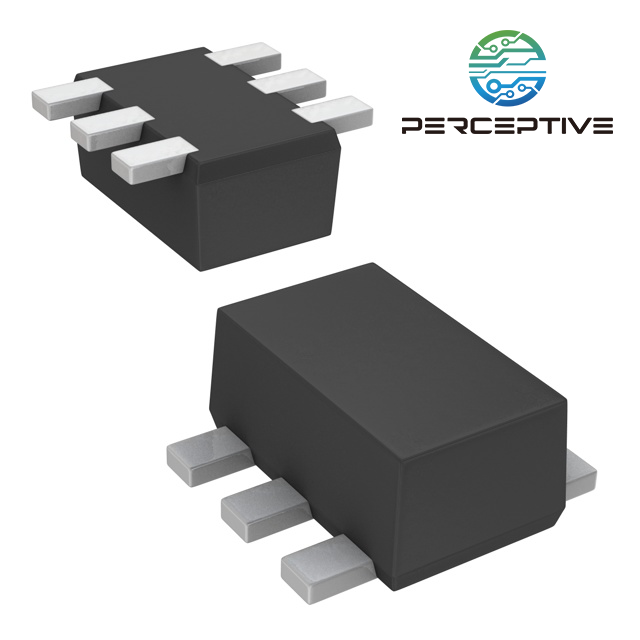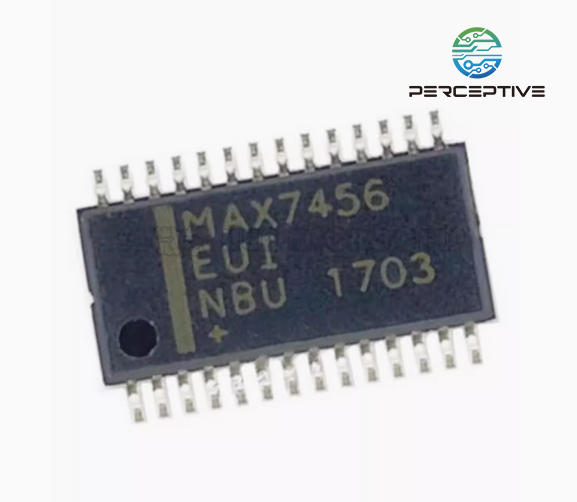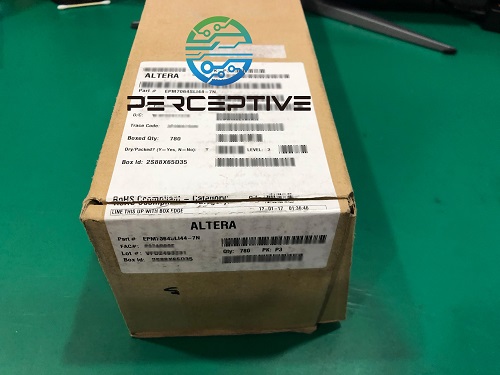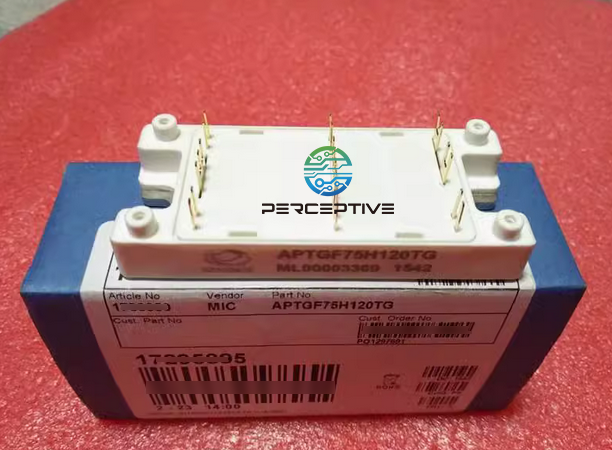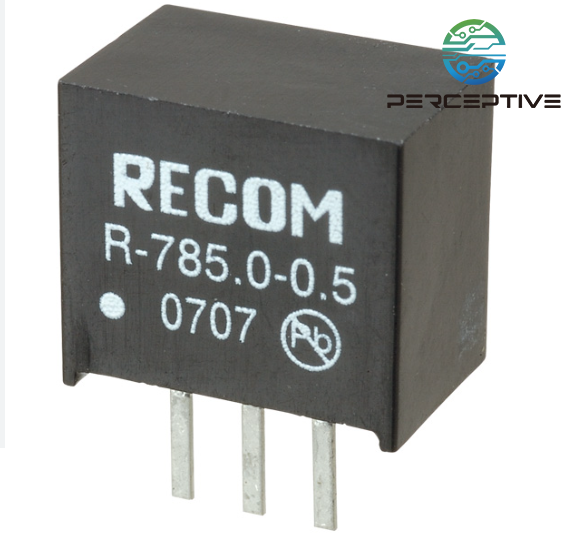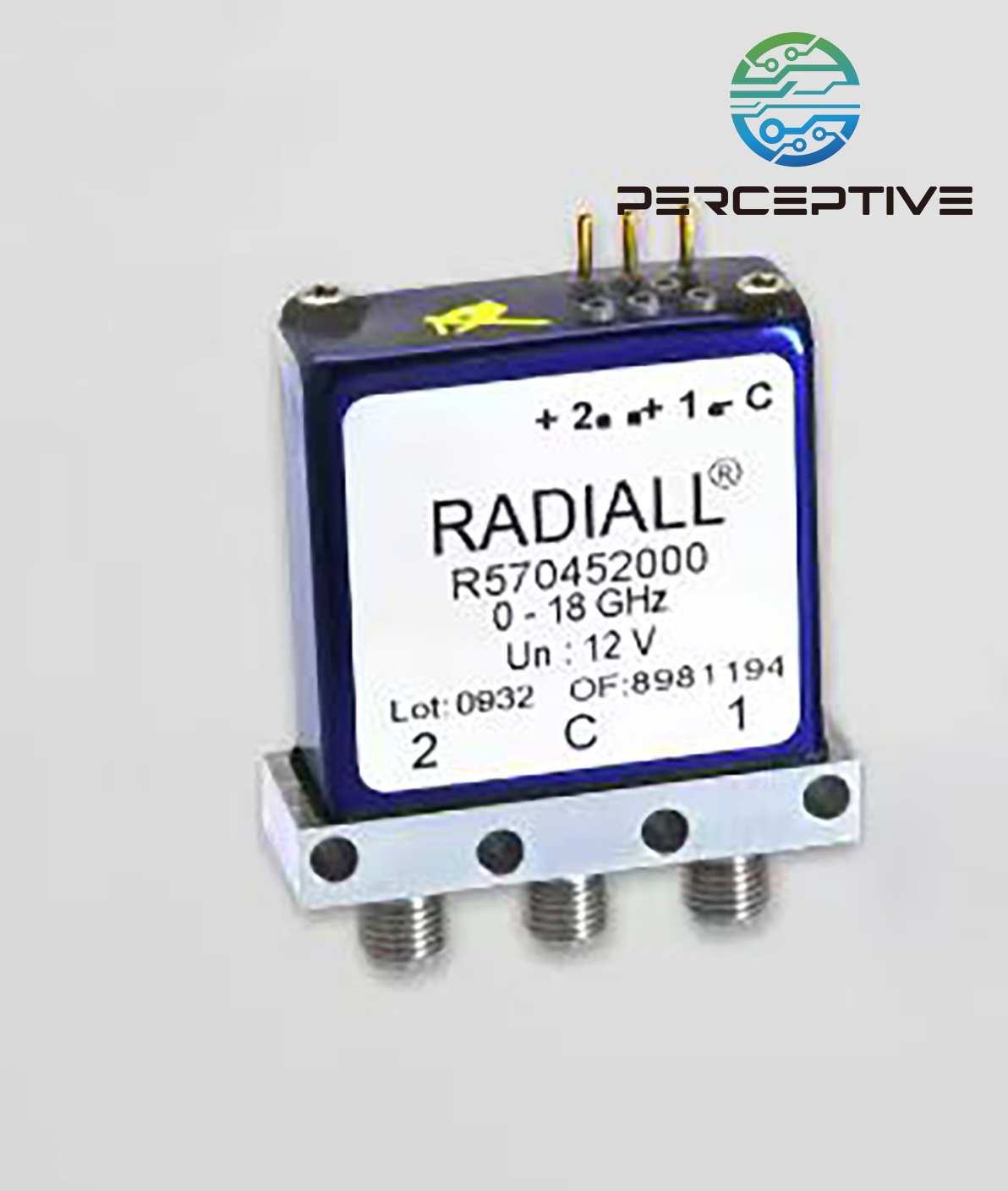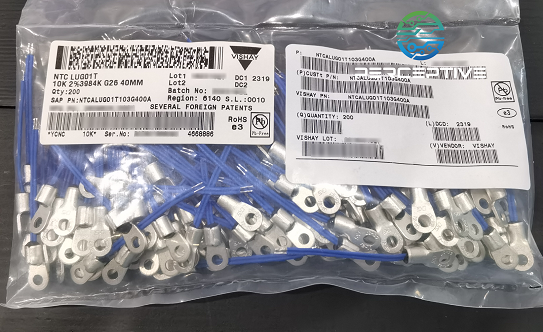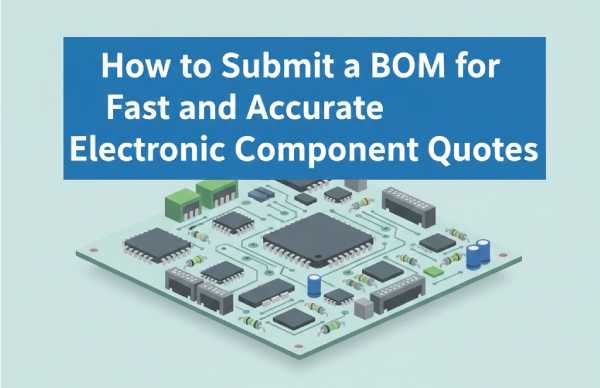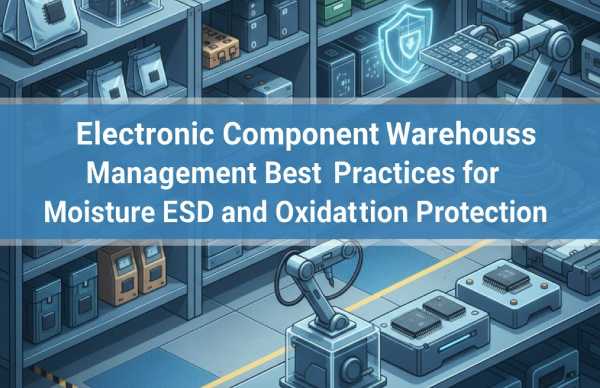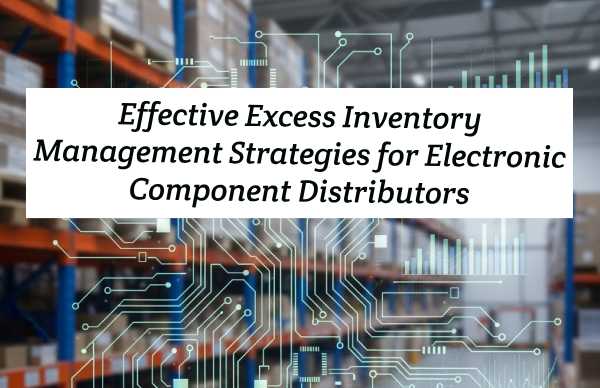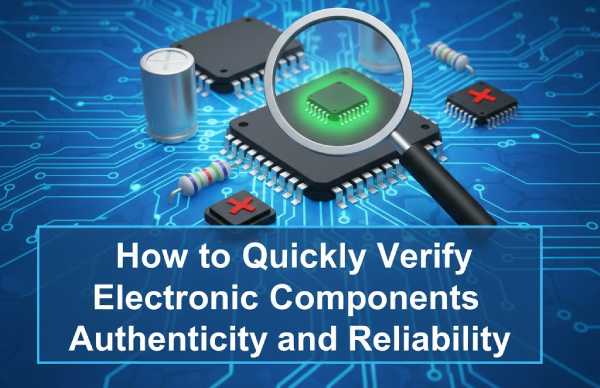In the fast-paced and quality-driven world of electronics, functional testing of electronic components is more than a checkpoint—it's a necessity. Whether you're a design engineer working on mission-critical systems, or a procurement specialist sourcing components for large-scale production, understanding and applying robust functional testing can make or break your success.
What Is Functional Testing?
Functional testing refers to the process of verifying whether an electronic component performs according to its specified functions under normal operating conditions. This is not just a theoretical comparison to a datasheet—it involves physically stimulating the component and measuring its behavior using specialized equipment or custom test setups.
Unlike parametric testing, which focuses on electrical values such as voltage, curren

